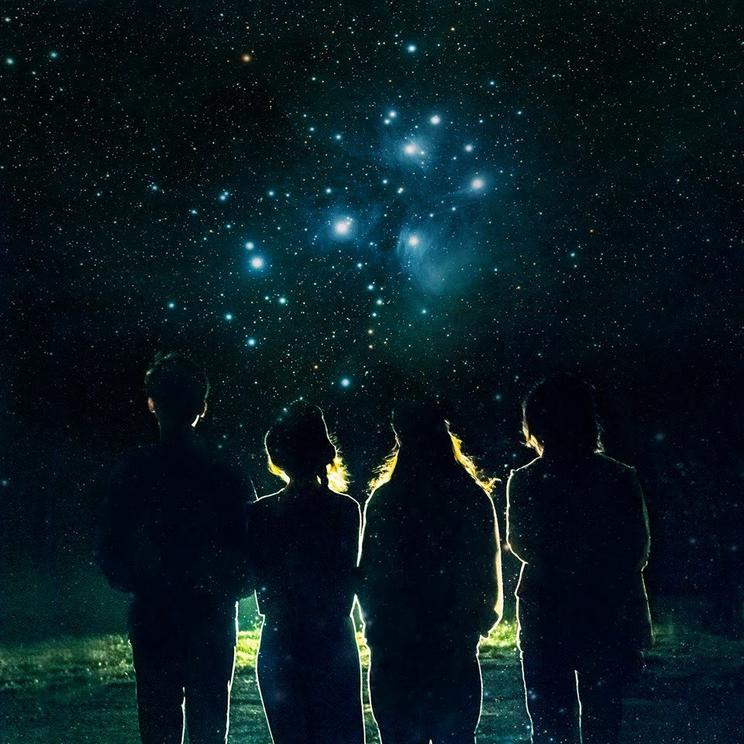Pleiades star cluster: surprising variability
The Seven Sisters, as they were known to the ancient Greeks, are now known to modern astronomers as the Pleiades star cluster – a set of stars which are visible to the naked eye and have been studied for thousands of years by cultures all over the world. Now Dr Tim White of the Stellar Astrophysics Centre at Aarhus University and his team of Danish and international astronomers have demonstrated a powerful new technique for observing stars such as these, which are ordinarily far too bright to look at with high performance telescopes. Their work is published in the Monthly Notices of the Royal Astronomical Society.
Using a new algorithm to enhance observations from the Kepler Space Telescope in its K2 Mission, the team has performed the most detailed study yet of the variability of these stars. Satellites such as Kepler are engineered to search for planets orbiting distant stars by looking for the dip in brightness as the planets pass in front, and also to do asteroseismology, studying the structure and evolution of stars as revealed by changes in their brightness.
Because the Kepler mission was designed to look at thousands of faint stars at a time, some of the brightest stars are actually too bright to observe. Aiming a beam of light from a bright star at a point on a camera detector will cause the central pixels of the star's image to be saturated, which causes a very significant loss of precision in the measurement of the total brightness of the star. This is the same process which causes a loss of dynamic range on ordinary digital cameras, which cannot see faint and bright detail in the same exposure.
"The solution to observing bright stars with Kepler turned out to be rather simple," said lead author Dr Tim White. "We're chiefly concerned about relative, rather than absolute, changes in brightness. We can just measure these changes from nearby unsaturated pixels, and ignore the saturated areas altogether."
But changes in the satellite's motion and slight imperfections in the detector can still hide the signal of stellar variability. To overcome this, the authors developed a new technique to weight the contribution of each pixel to find the right balance where instrumental effects are cancelled out, revealing the true stellar variability. This new method has been named halo photometry, a simple and fast algorithm the authors have released as free open-source software.
Most of the seven stars are revealed to be slowly-pulsating B stars, a class of variable star in which the star's brightness changes with day-long periods. The frequencies of these pulsations are key to exploring some of the poorly understood processes in the core of these stars.
The seventh star, Maia, is different: it varies with a regular period of 10 days. Previous studies have shown that Maia belongs to a class of stars with abnormal surface concentrations of some chemical elements such as manganese. To see if these things were related, a series of spectroscopic observations were taken with the Hertzsprung SONG Telescope.
"What we saw was that the brightness changes seen by Kepler go hand-in-hand with changes in the strength of manganese absorption in Maia's atmosphere," said Dr Victoria Antoci, a co-author of the work and Assistant Professor at the Stellar Astrophysics Centre, Aarhus University. "We conclude that the variations are caused by a large chemical spot on the surface of the star, which comes in and out of view as the star rotates with a ten day period."
"Sixty years ago, astronomers had thought they could see variability in Maia with periods of a few hours and suggested this was the first of a whole new class of variable stars they called 'Maia Variables'," White said, "but our new observations show that Maia is not itself a Maia Variable!"
No signs of exoplanetary transits were detected in this study, but the authors show that their new algorithm can attain the precision that will be needed for Kepler and future space telescopes such as the Transiting Exoplanet Survey Satellite (TESS) to detect planets transiting stars as bright as our neighbouring star Alpha Centauri. These nearby bright stars are the best targets for future missions and facilities such as the James Webb Space Telescope, which is due to launch in late 2018.
Story Source:
provided by Royal Astronomical Society (RAS).

